
The precocious Shchedrin at a very young age entered the St. Petersburg Academy of Arts, where he received a gold medal for his final-year project and a stipend to travel to Europe. In 1818 he went to Italy and became so captivated by the country that he spent the rest of his life there. His element was the open air — as a master of the plein-air style, he developed an incredible range of colors and light textures. Highly innovative for early 19th-century Russian art, his views of Rome, Naples and Sorrento are housed in Russia’s main art galleries.
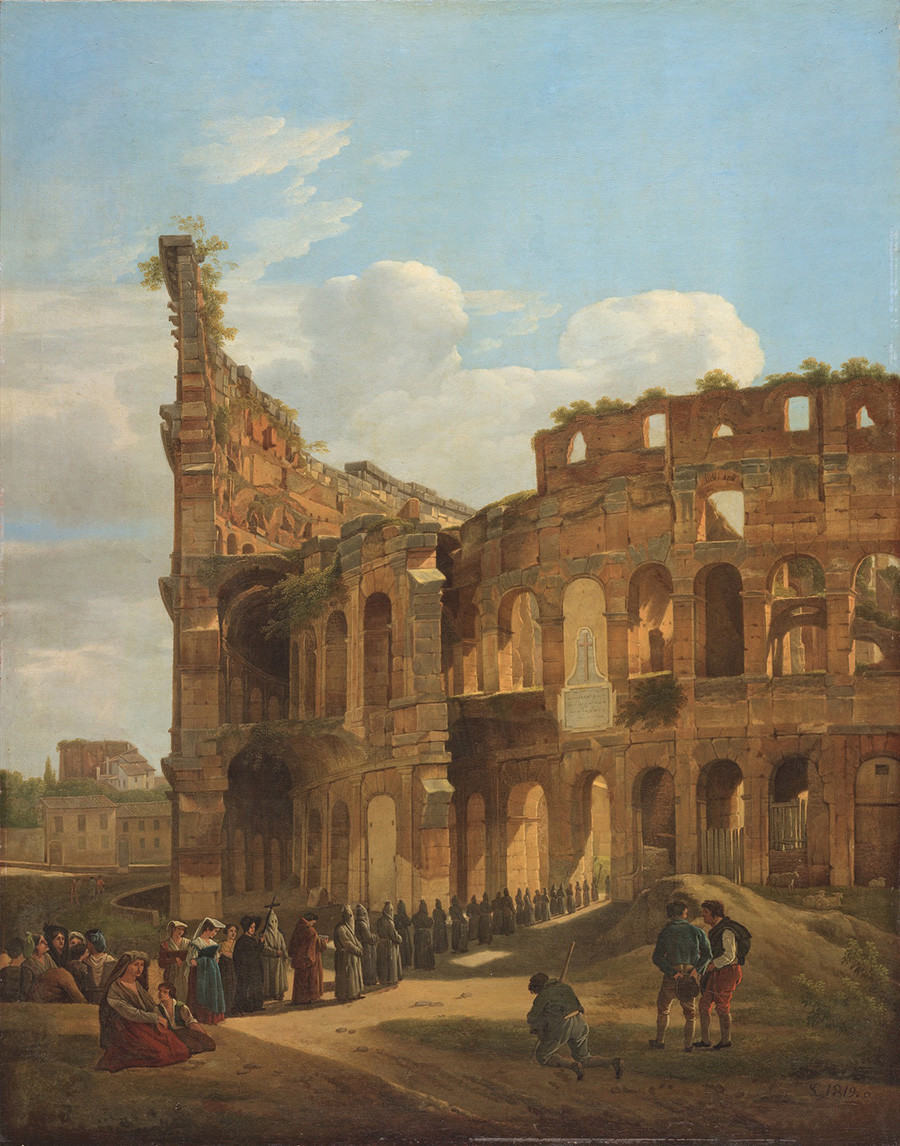
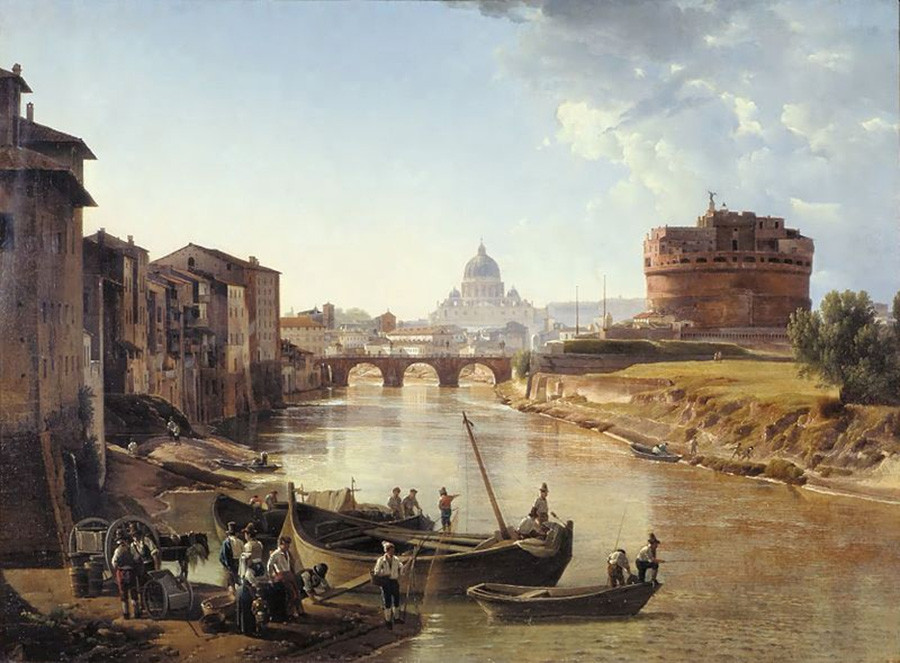



Bryullov lived in Italy for many years and painted several paintings on Italian subjects (Italian Morning was even presented to Empress Alexandra Feodorovna, wife of Nicholas II). The artist also traveled to Greece and Turkey, where he created several genre paintings. The piece de résistance of his wanderings abroad was his monumental canvas The Last Day of Pompeii. In it, Bryullov attempted to capture the chaos and horror gripping the city during the eruption of Vesuvius.


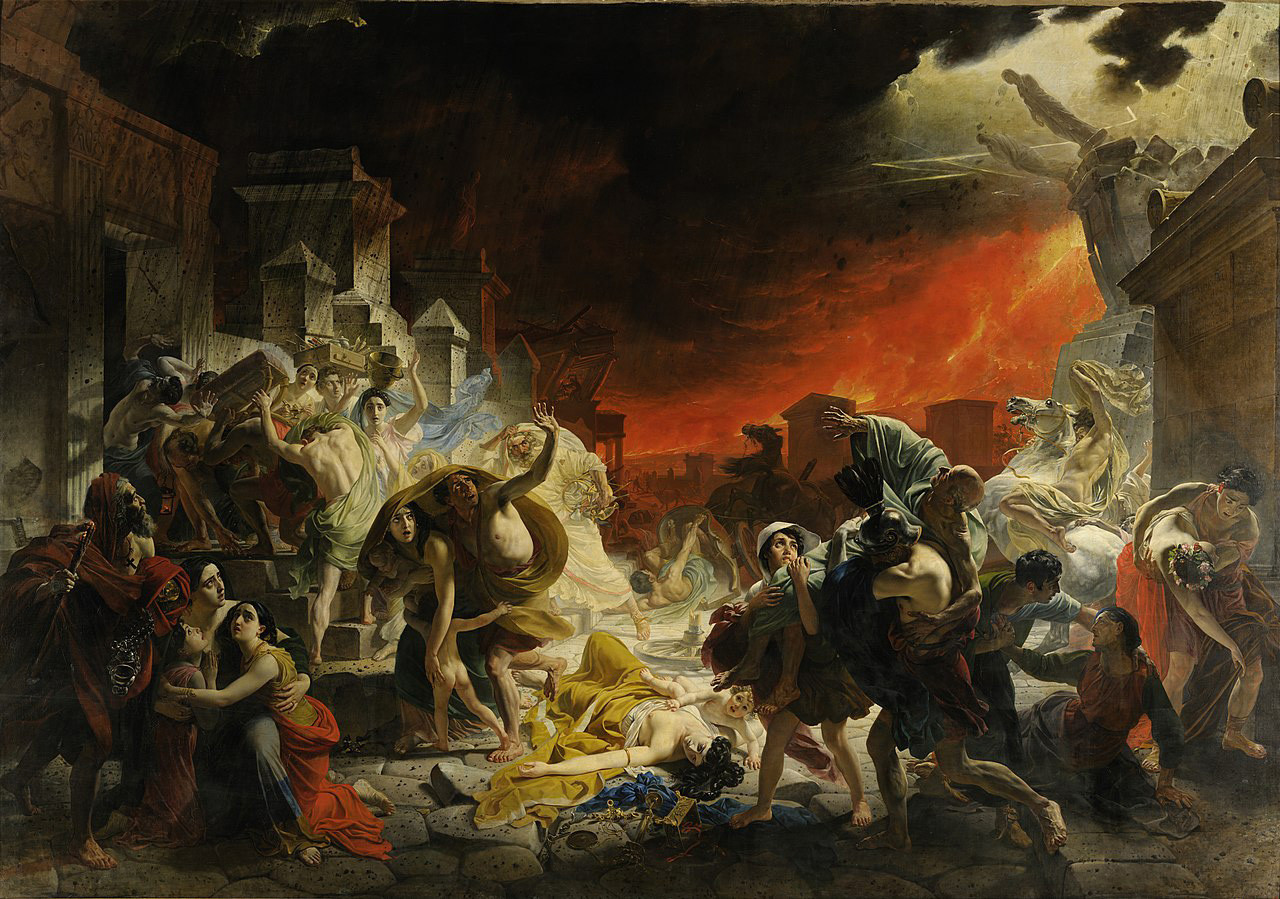
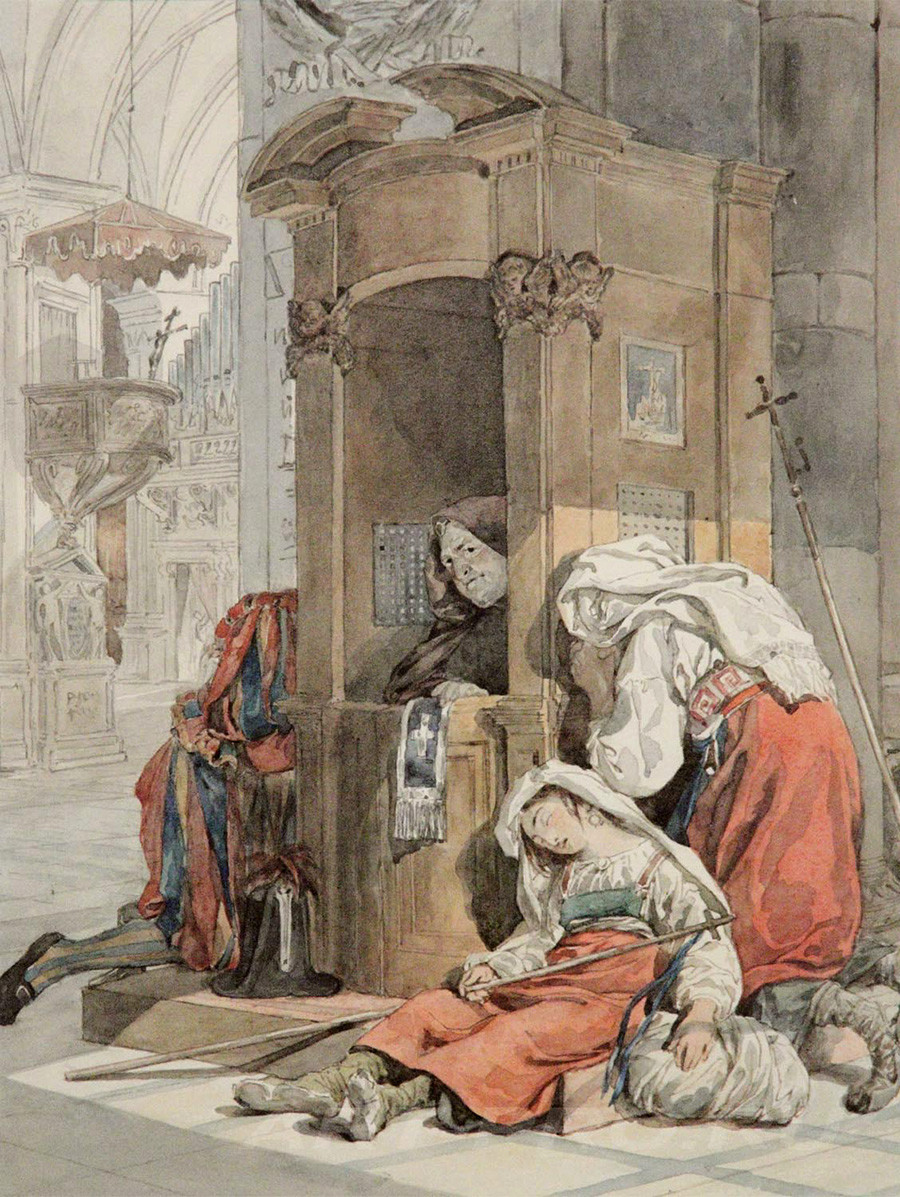



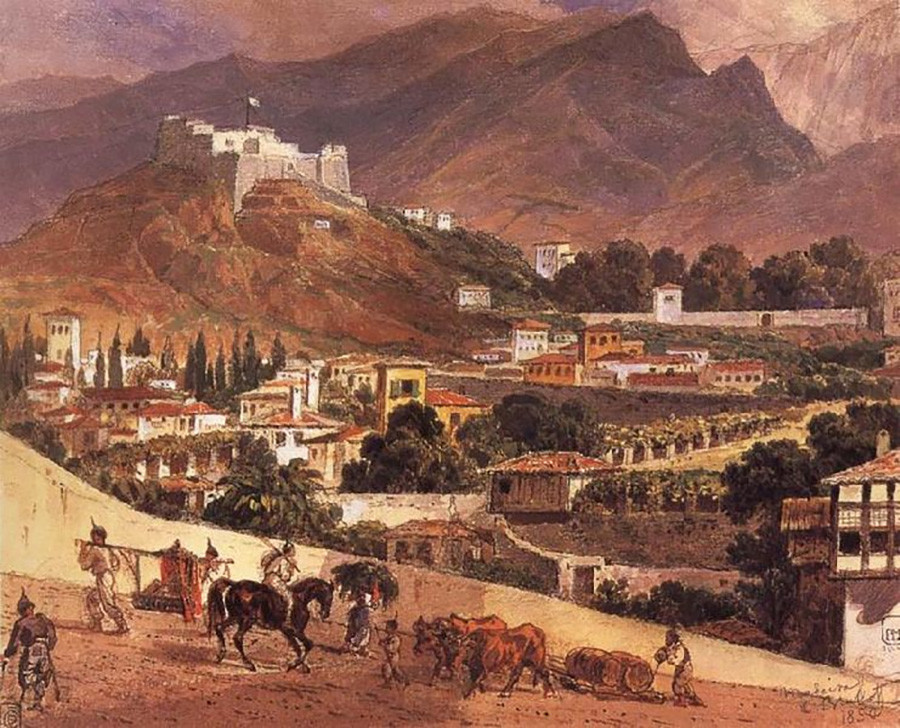
Aivazovsky’s main element was the sea. As Russia’s finest seascape artist, he devoted hundreds of works to his country’s waterways and coastline, including the Neva River in St. Petersburg, the Black Sea and Crimea (where his favorite rock for painting en plein air was named in his honor). But Aivazovsky also produced a dozen paintings of the Venetian coast and several landscapes from Naples and Constantinople (modern-day Istanbul). The artist also traveled to Lisbon, Portugal, at the very edge of Europe.
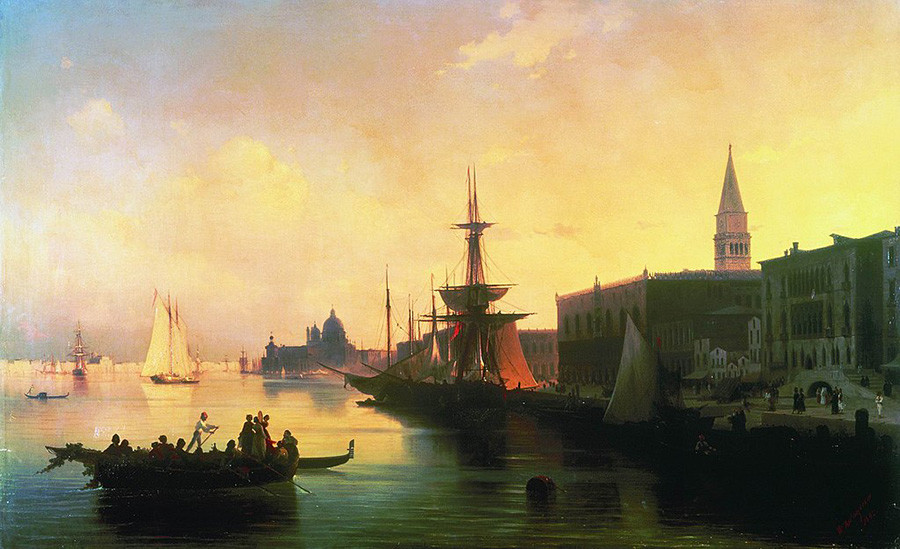
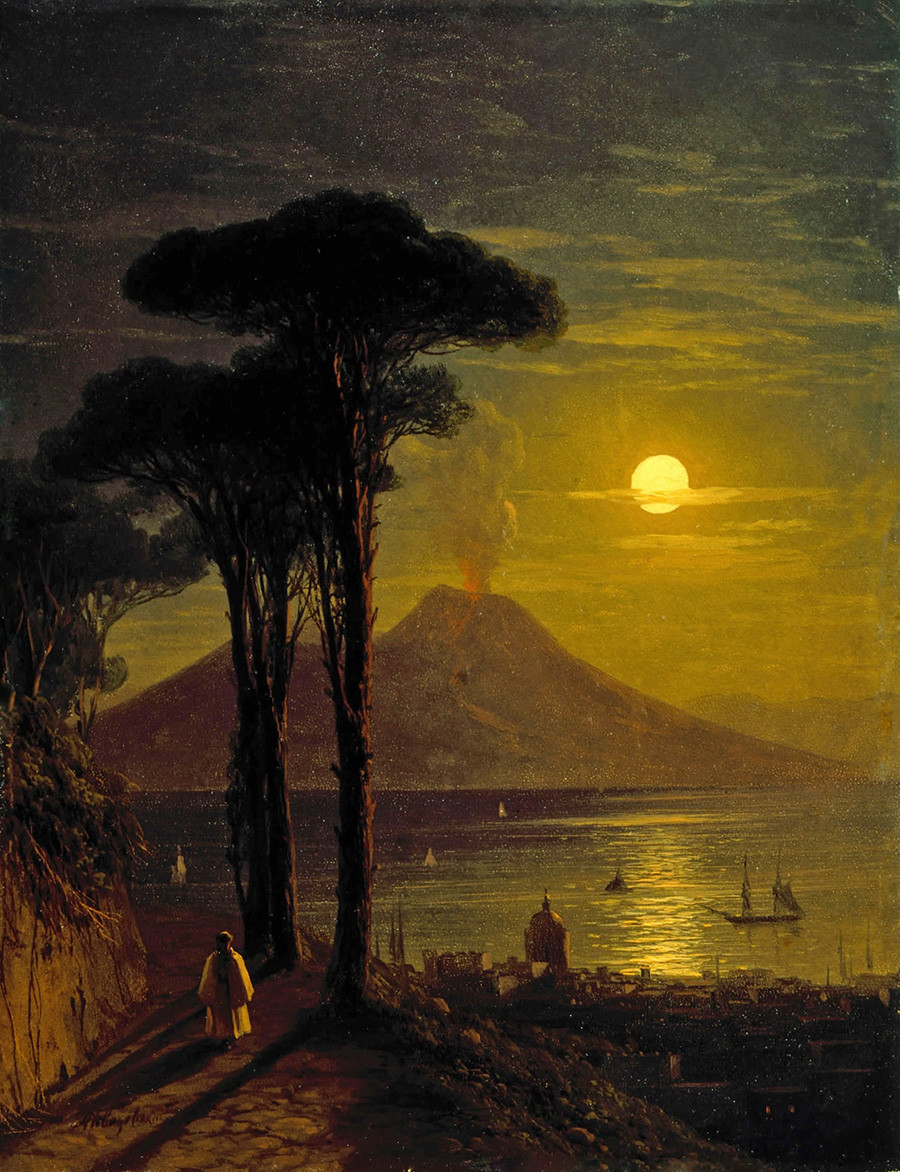
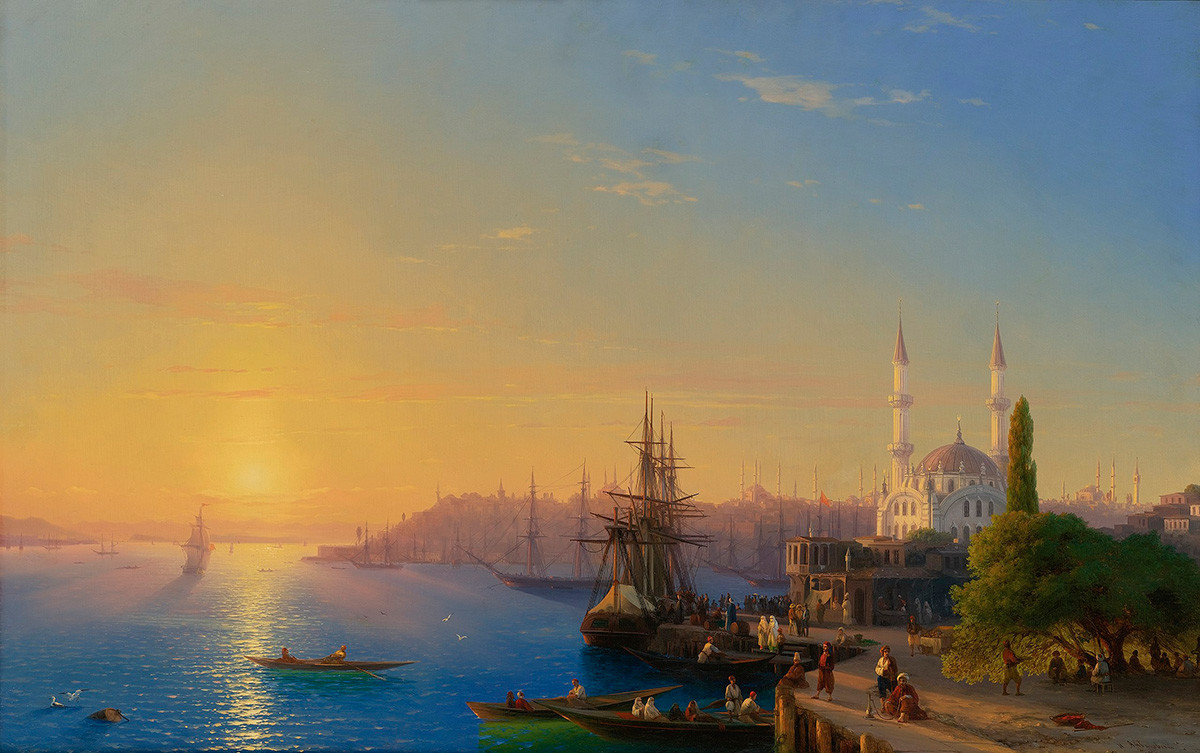
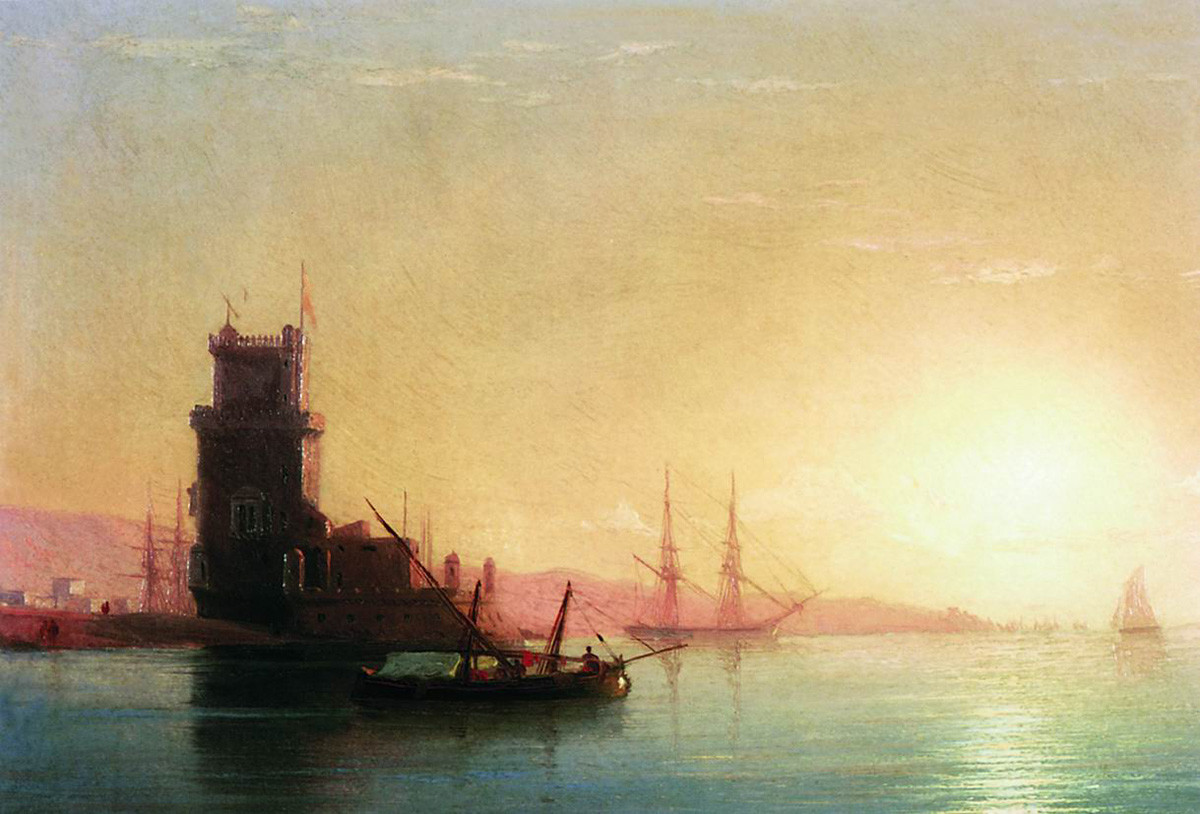

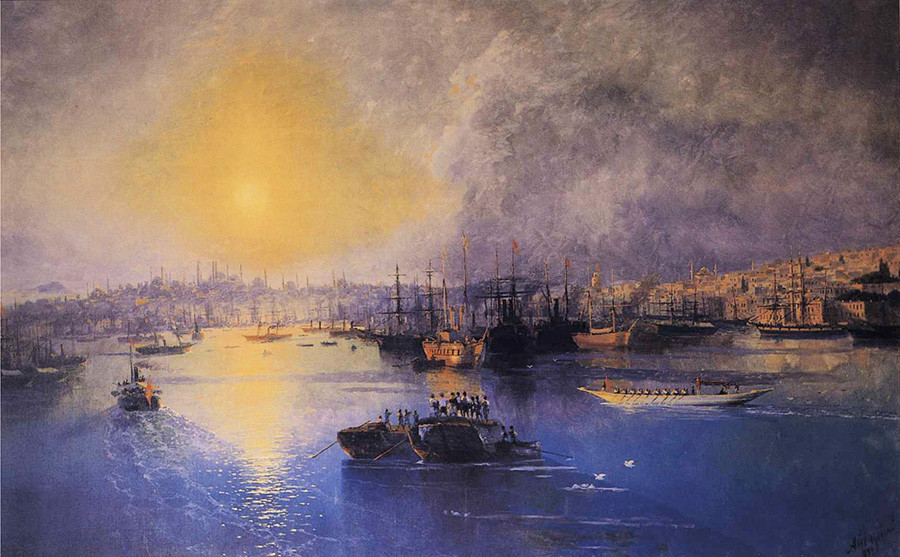
A major theater artist at the turn of the 20th century, Korovin traveled widely in search of subjects. He also decorated the Russian pavilion at the Exposition Universelle of 1900, a world fair held in Paris, a city he visited several times. The artist was greatly influenced by the French Impressionists, as can be seen in his Parisian subjects. In the 1920s, he emigrated from Soviet Russia to his beloved Paris.

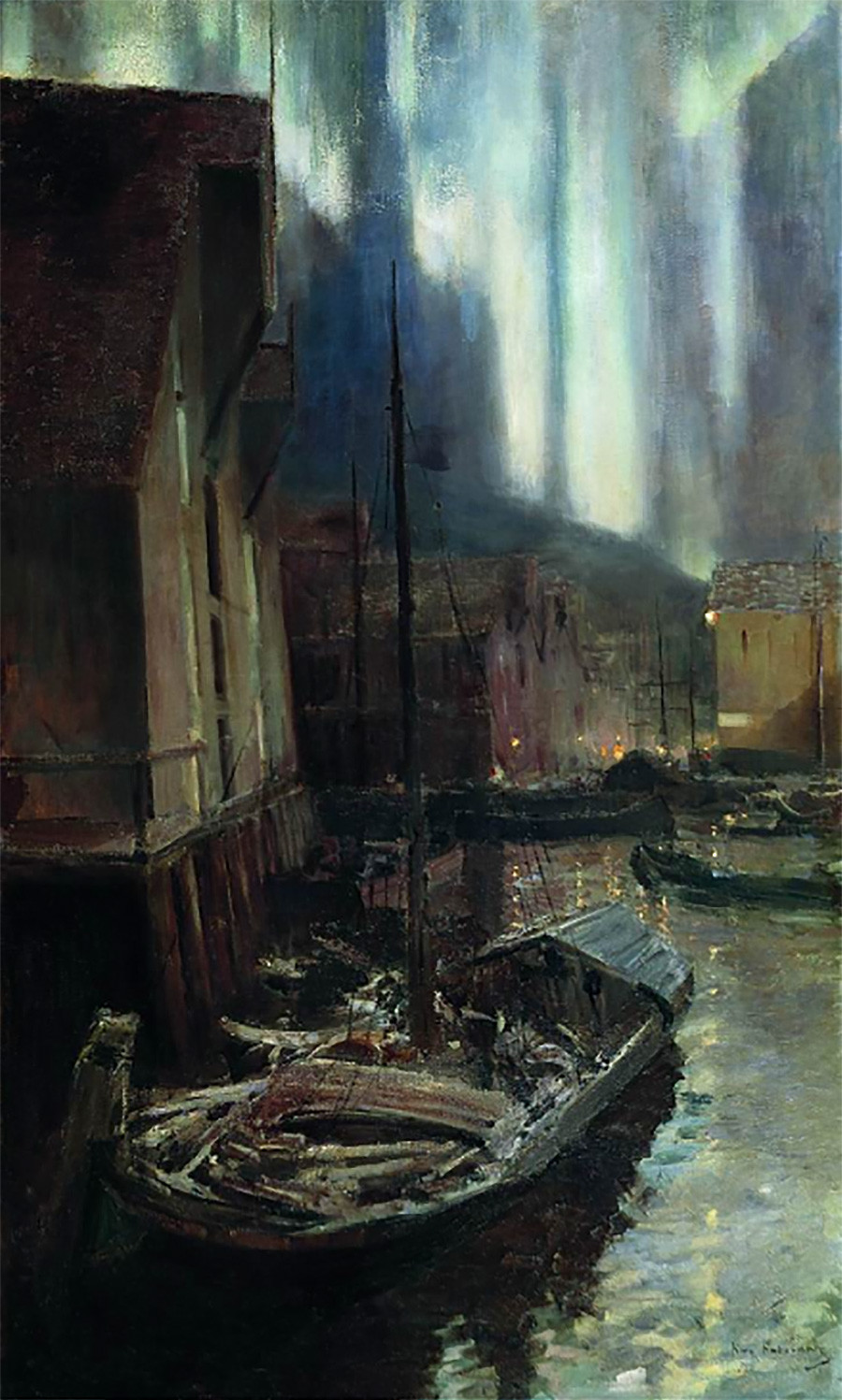

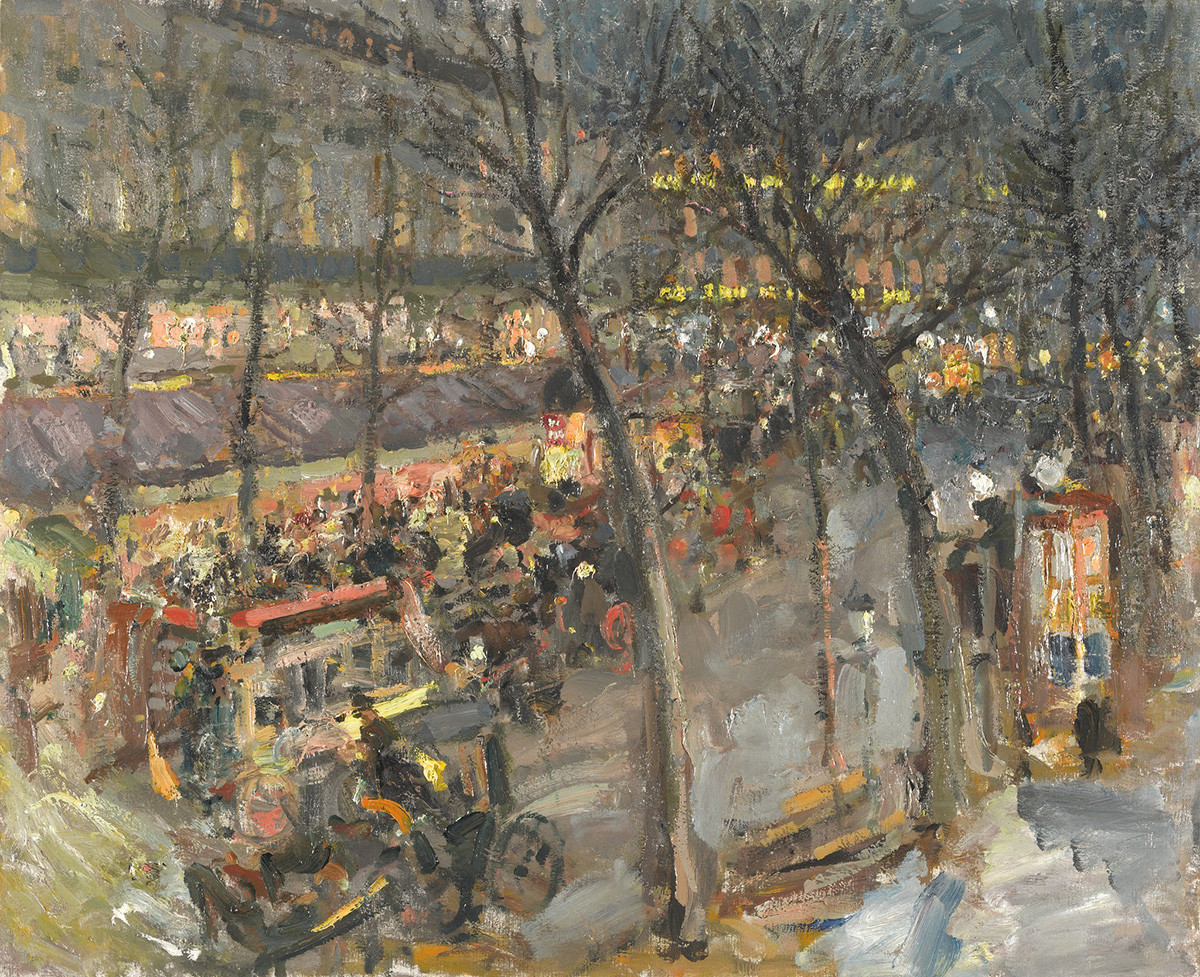
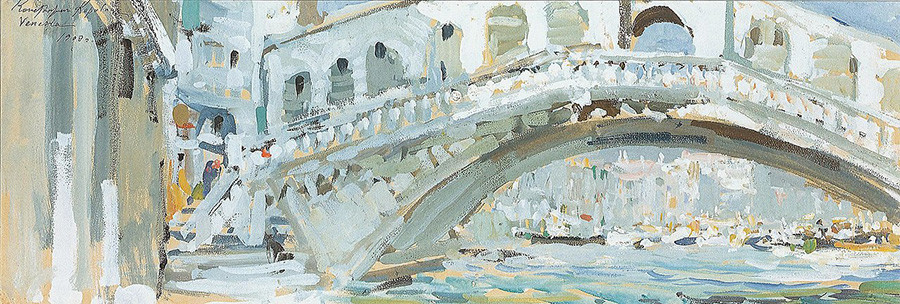
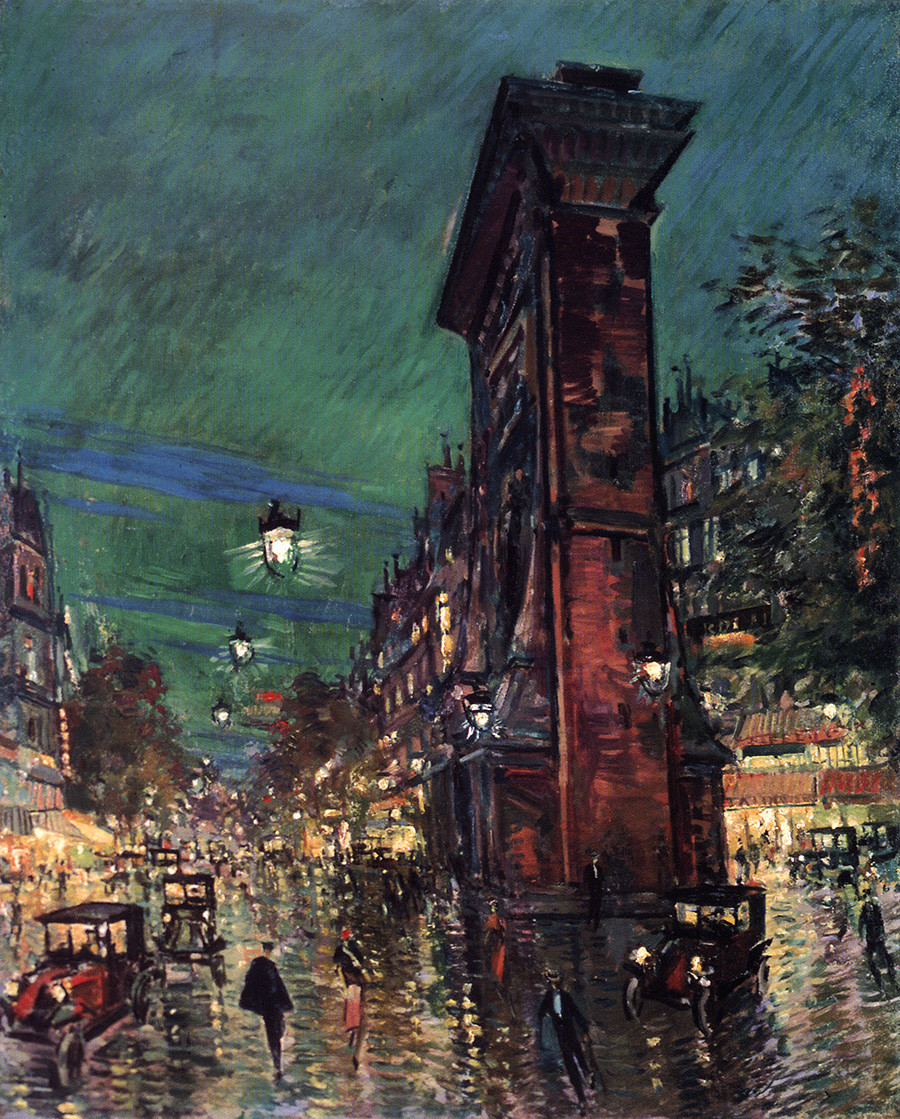
Another connoisseur of Paris was the author of Barge Haulers on the Volga. Repin traveled around Europe on a stipend from the Imperial Academy of Arts, but Rome and Raphael left him cold. It was in the French capital that he felt a connection, and so decided to settle and rent a studio. During the course of his years-long stay in the city of love, he created the masterpiece Sadko, as well as several famous paintings on Parisian motifs.
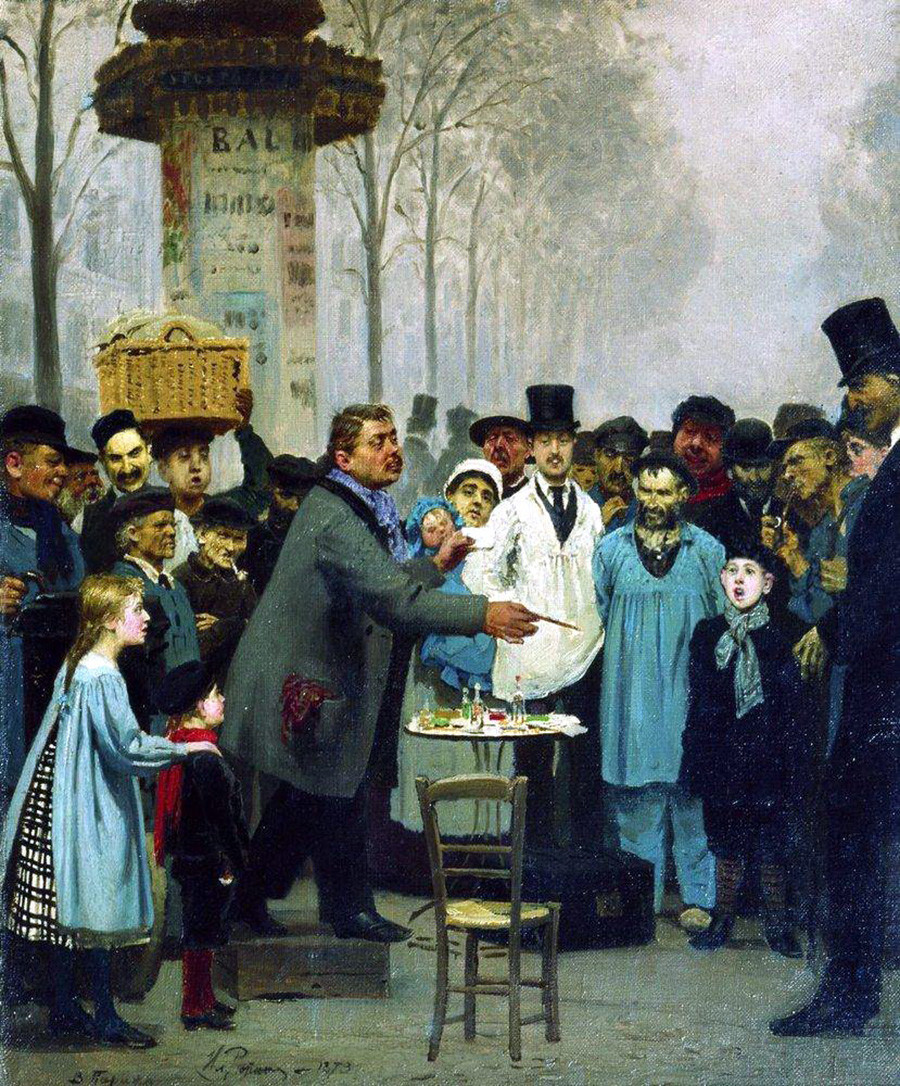
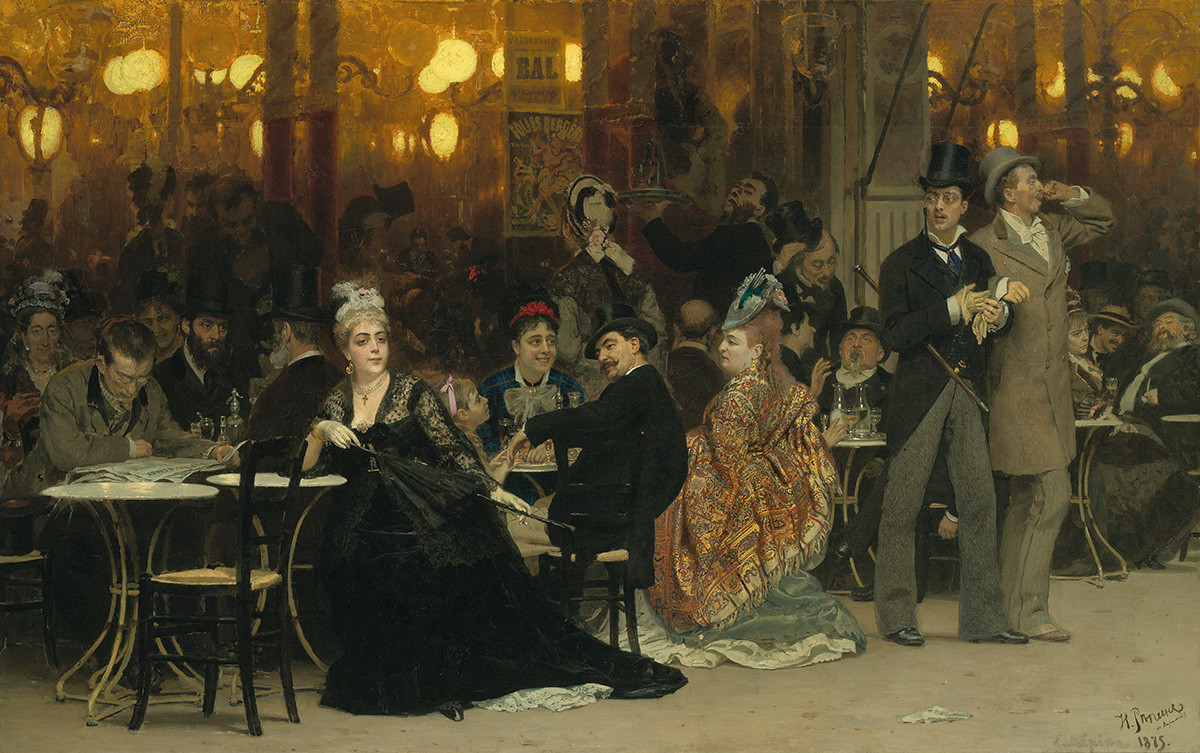
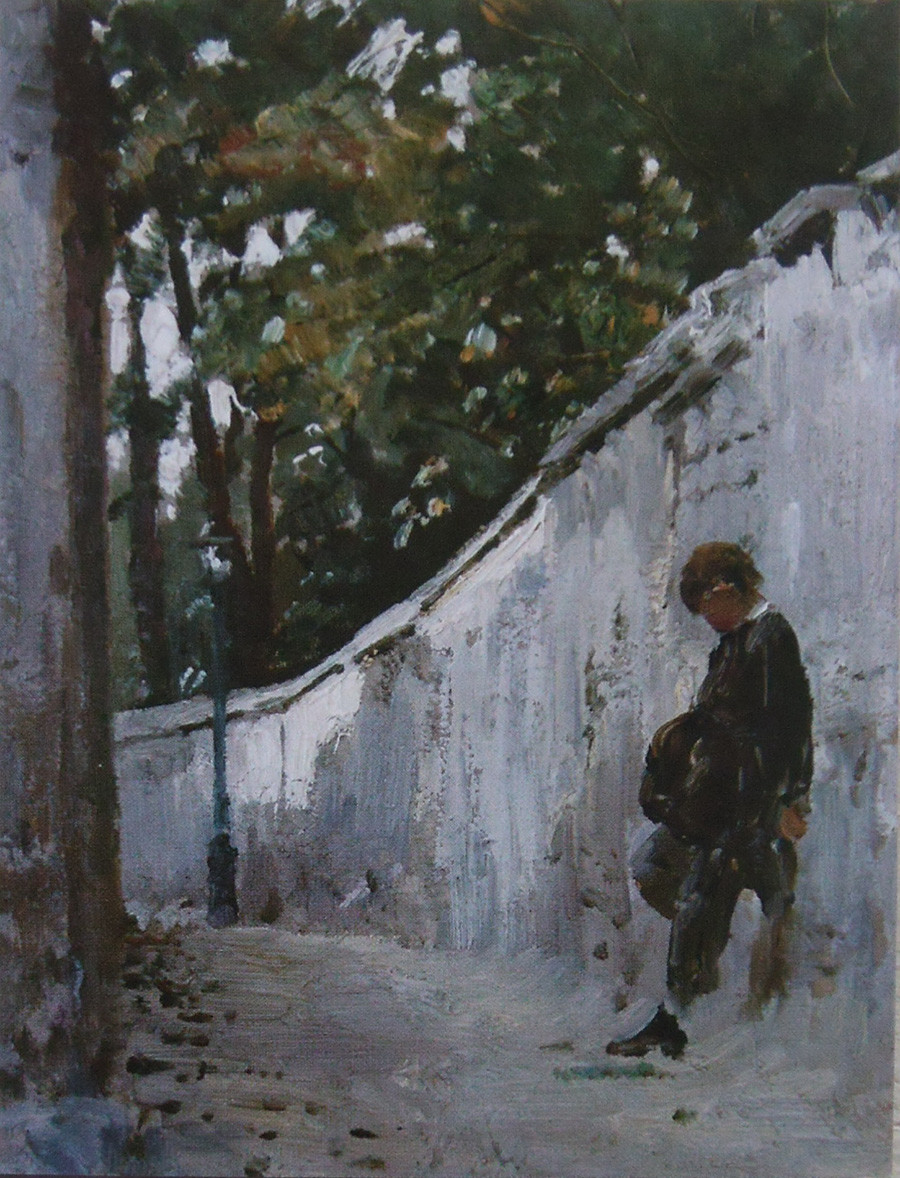
Surikov is known primarily for his monumental canvases depicting scenes from Russian history: The Morning of the Streltsy Execution, Boyarynya Morozova, Suvorov Crossing the Alps and many others. Less famous are the stunning watercolors that resulted from his travels in Italy and Spain.
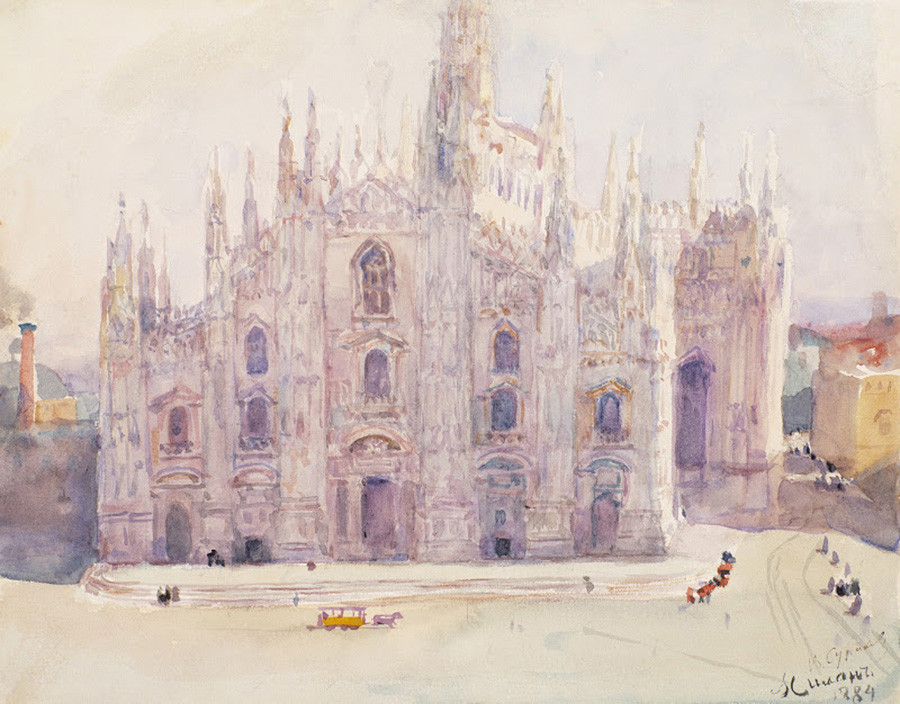


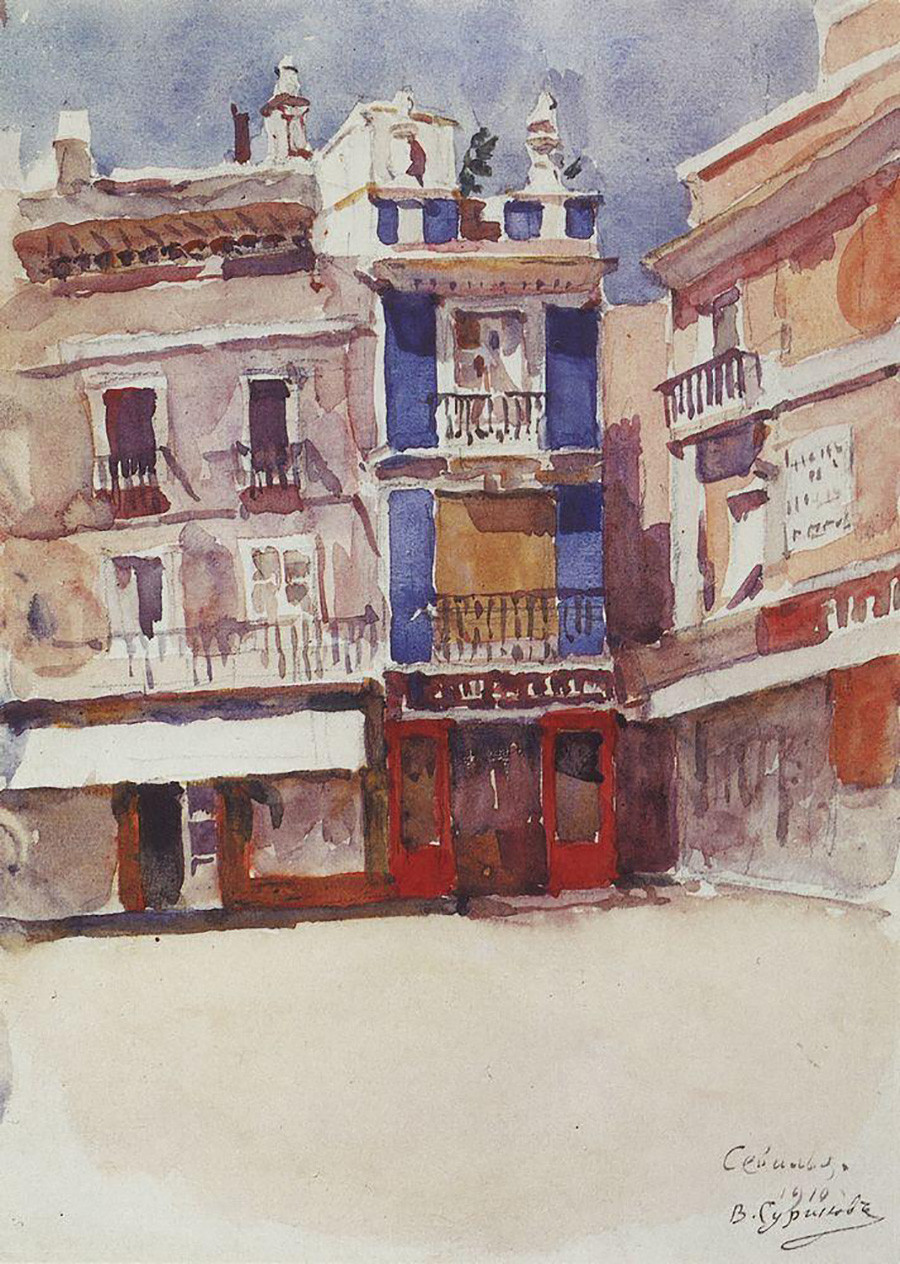
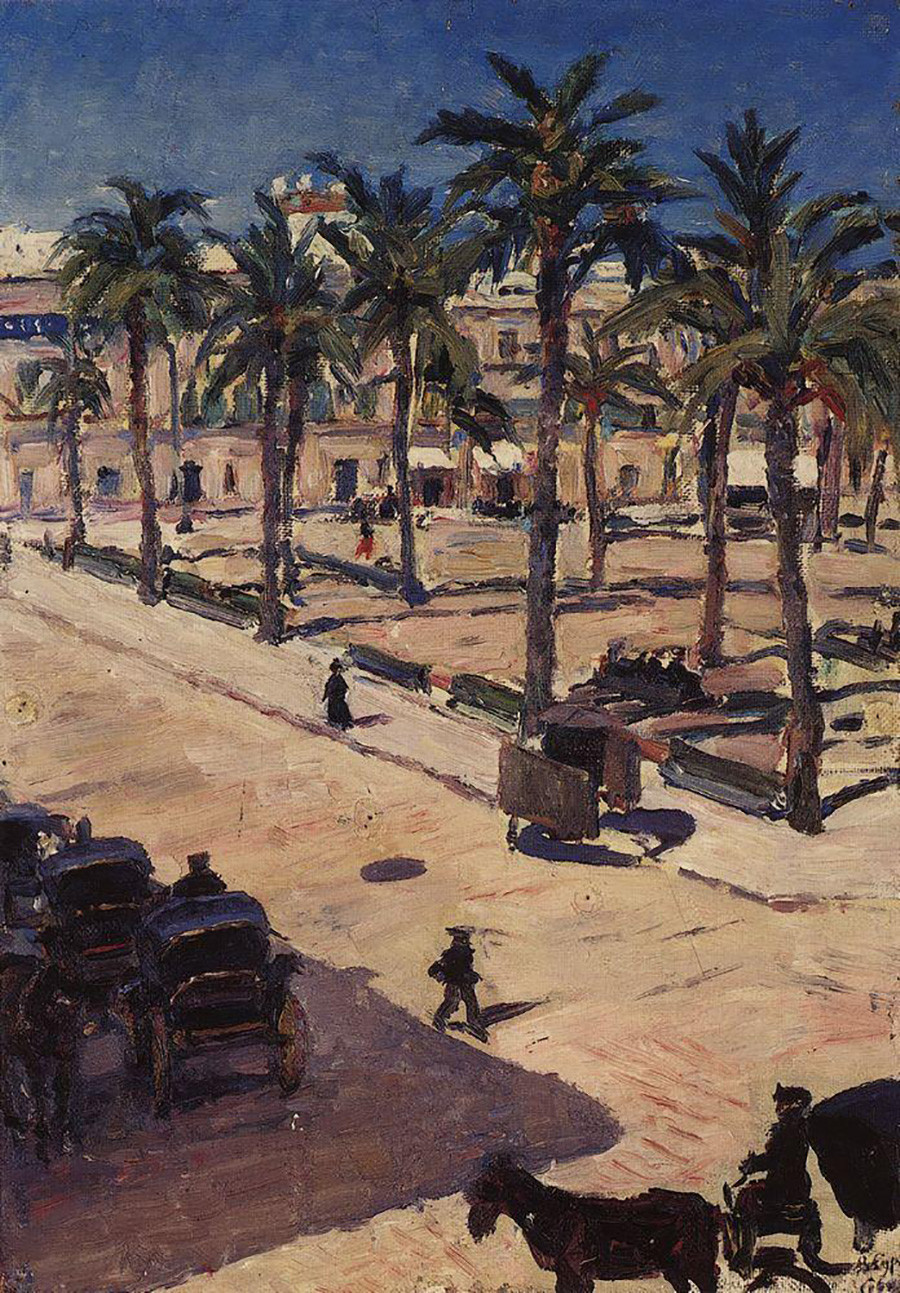
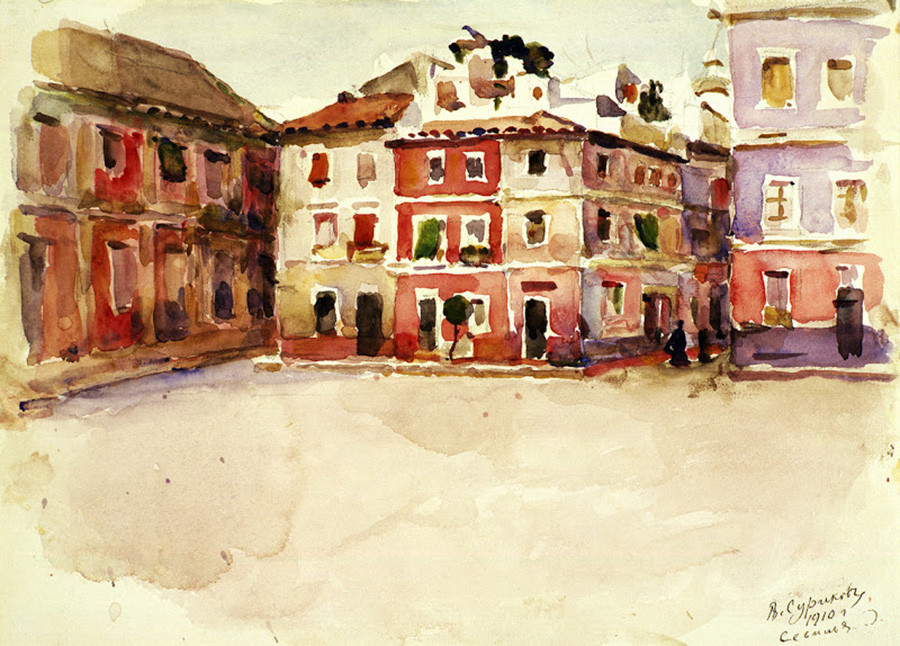

If using any of Russia Beyond's content, partly or in full, always provide an active hyperlink to the original material.
Subscribe
to our newsletter!
Get the week's best stories straight to your inbox